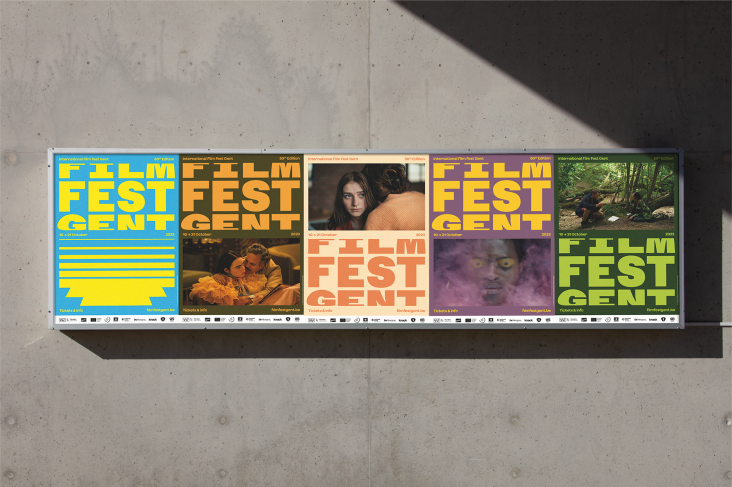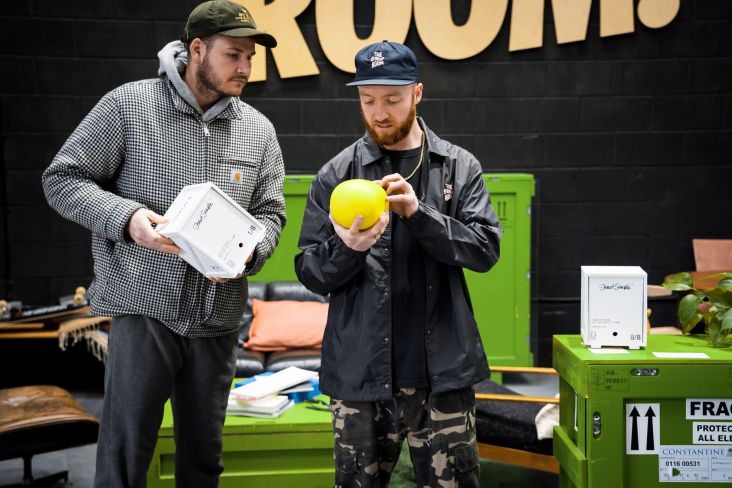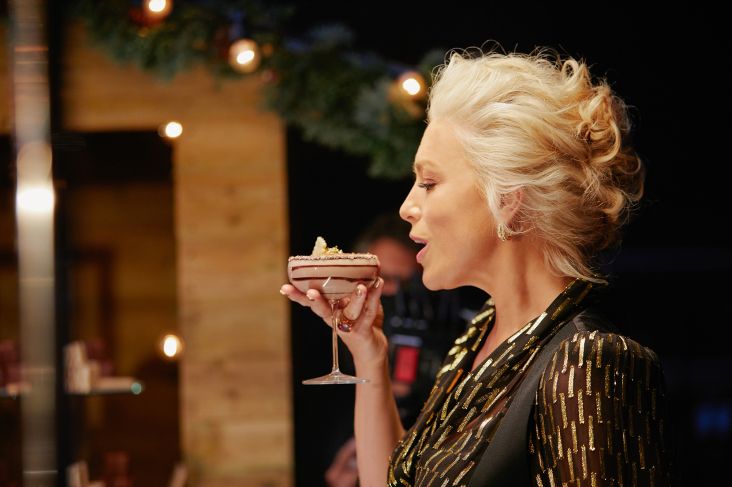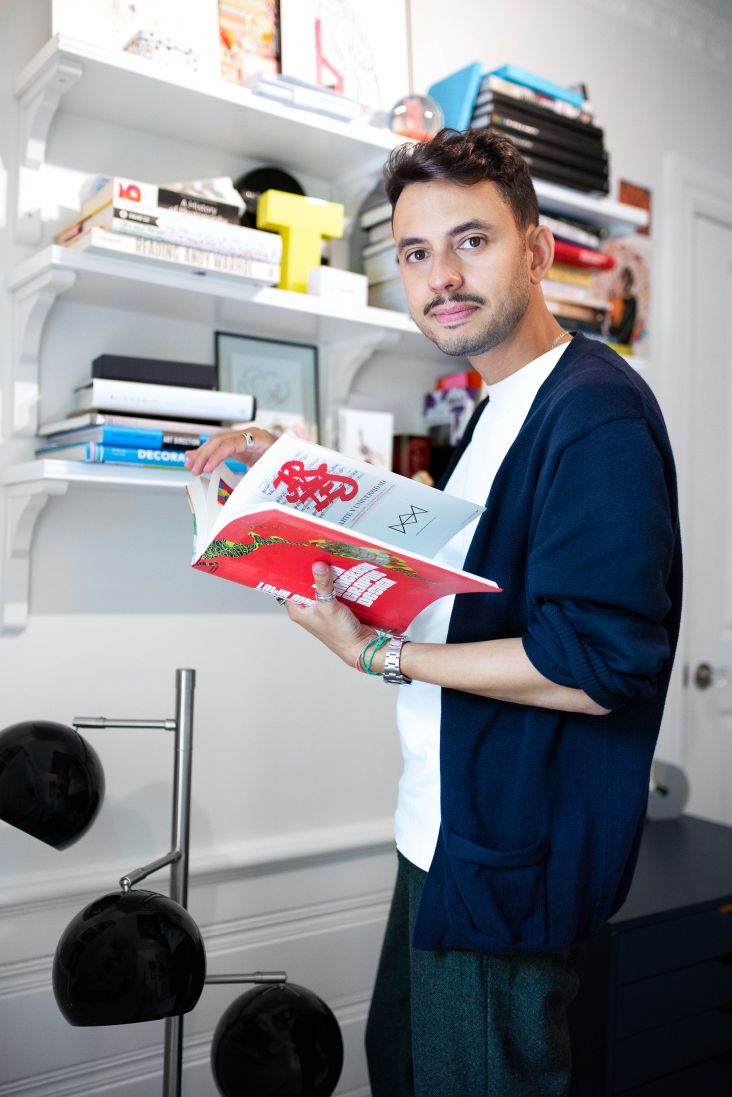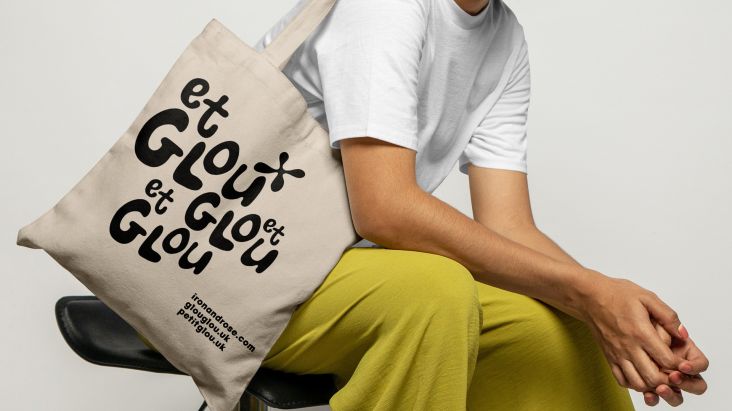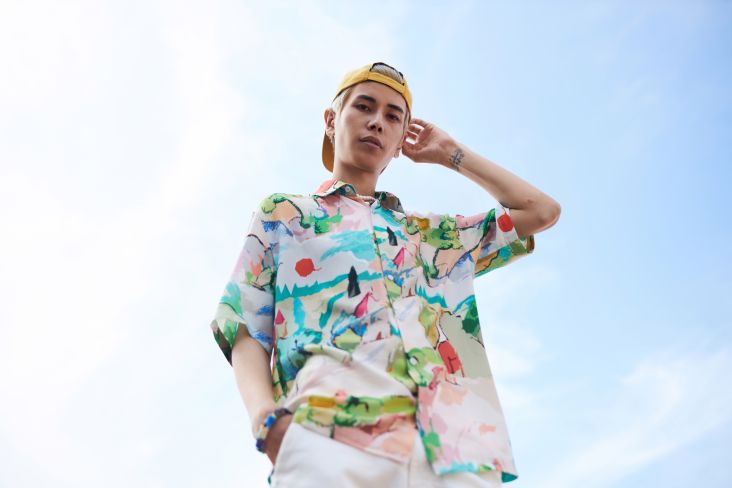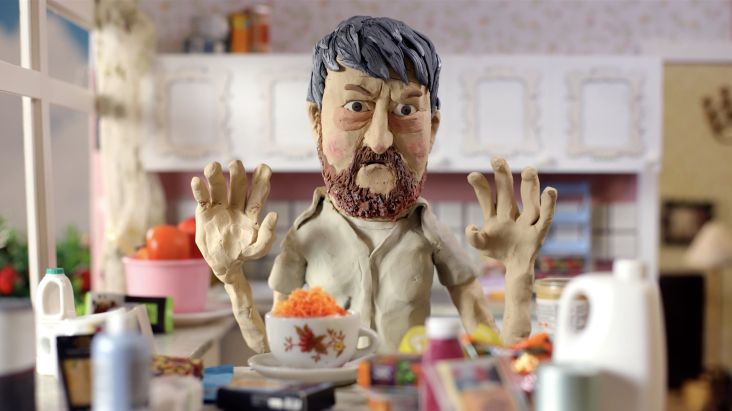'The design world can do better': Jessica Strelioff and Danielle LaRoy of brand studio Goodside
Designer Jessica Strelioff and strategist Danielle LaRoy realised they both loved the design world... but felt it could do better. So they teamed up to create a new kind of studio. In our exclusive interview, they discuss the thinking behind it.
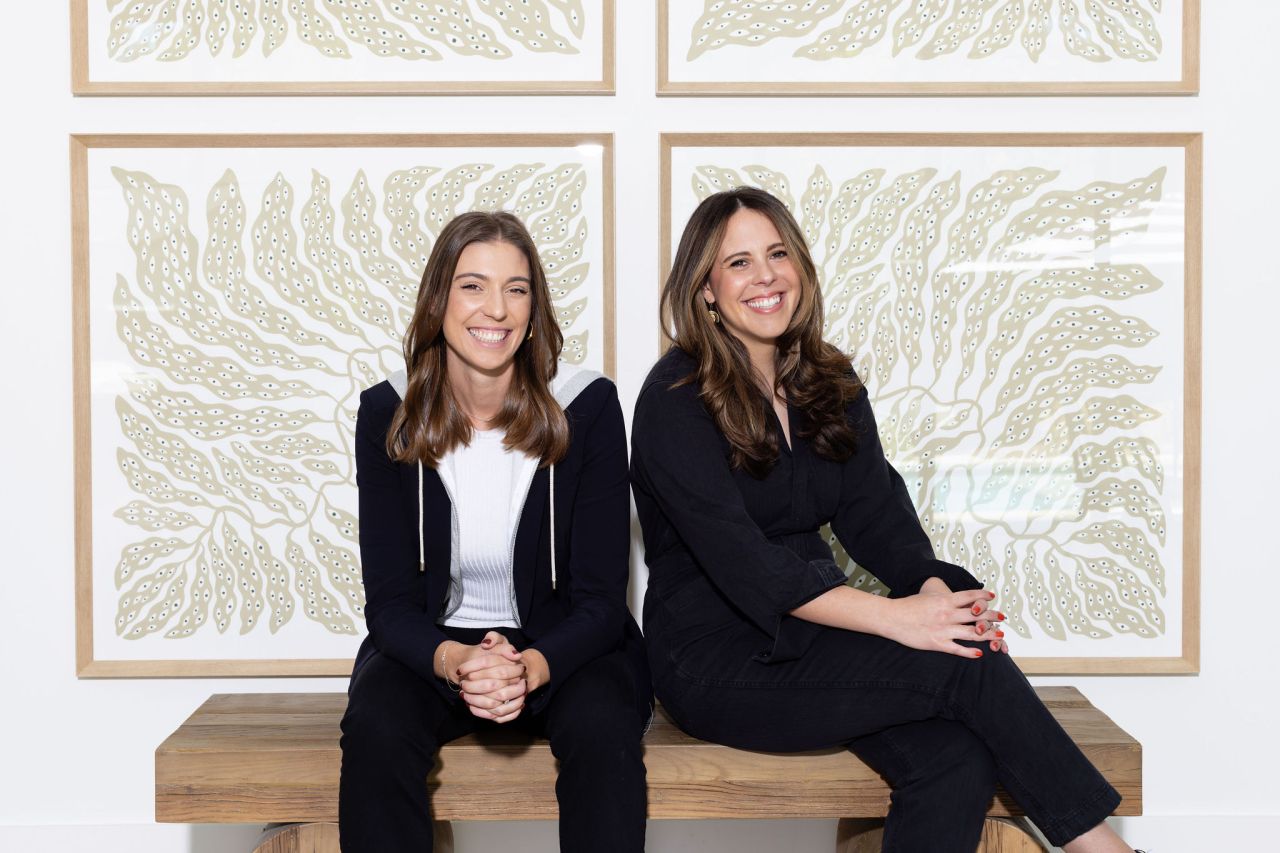
We all love working in the creative industry. But that doesn't mean you have to be overwhelmingly positive all the time. Like any sector, there is a lot of bad work and, perhaps worse still, work that's okay but simply not inspiring in any way.
Jessica Strelioff and Danielle LaRoy had precisely this discussion and decided to do something about it. So earlier this year, they left their jobs and founded their own branding studio, Goodside, in San Francisco. The ethos was: "One part visual. One part verbal. Weaving colour, concept, and copy into cohesive brand systems that scale."
So how have things gone so far, what are their plans for the future, and how are they navigating this rapidly evolving technological world? We chatted to Jessica and Danielle to find out.
Boundary-pushing work
We start on a positive note. The pair may be out to create a new kind of studio, but that doesn't mean they hate the industry in general. In fact, it's quite the reverse.
"The design industry is really special," enthuses Jessica. "It's easy to forget how cool it is that we get to consistently dream up new worlds and then bring them to life... and get paid to do it! We're continuously energised by wonderful, weird and boundary-pushing work that independent creatives, studios and agencies are putting out there. We count ourselves lucky to love our work as much as we do."
The trouble is that, after years working in-house and agency-side, they'd got used to seeing so much bland, uninspired and copycat design work. "When you look at the output of large, corporate rebrands," explains Jessica, "it can feel like everyone is doing the same thing. Design solutions become ubiquitous for various reasons: the state of the world, ease of implementation, what's comfortable, what performs well, and the ebb and flow of cultural trends."
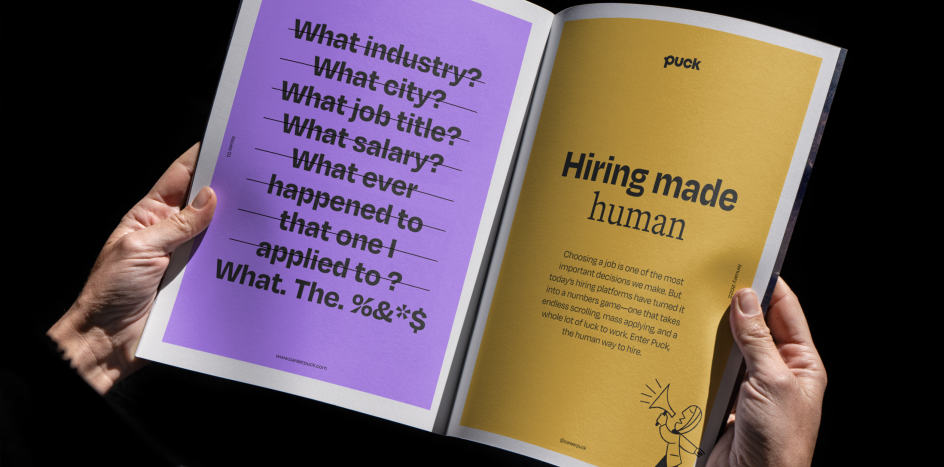
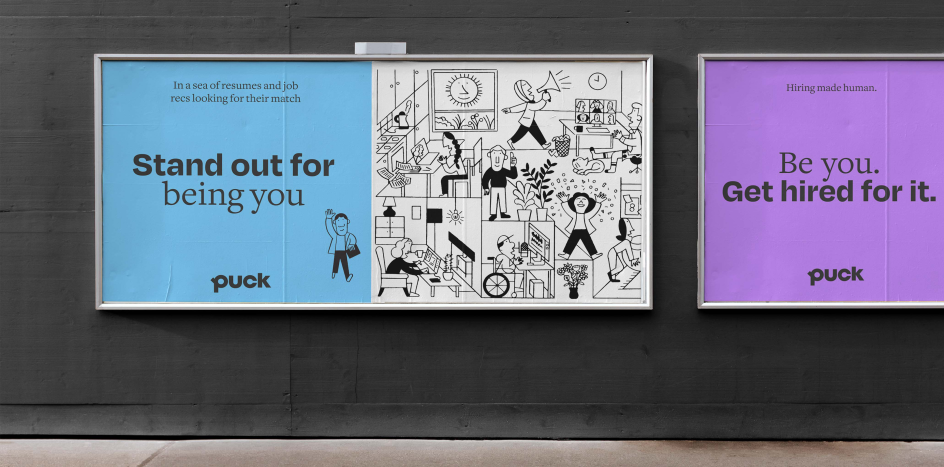
They aim to push back on that tendency toward the mean in several ways. "First, we partner with earlier-stage companies actively looking to push creative boundaries and carve their own path," says Jessica. "Our clients' appetite for new and unexpected ideas gives us the freedom to paint outside the lines, so we seek that openness long before any project starts.
They also avoid the "Pinterest mood board black hole" by rooting every brand in strategy. "Establishing that ethos and story upfront allows us to design and develop systems that feel truly one of one; authentic to each client, and, importantly, unique in their industry."
Walking the walk
Danielle takes up the story. "We've all encountered brands that somehow seem more real, fuller than the rest," she explains. "They walk the walk, they talk the talk, and they do it all with a seemingly effortless confidence and charm. We started Goodside to build brands like that, helping purpose-driven companies grow and thrive. "
It all started back in 2016, she remembers. "The two of us met at an agency in San Francisco and hit it off right away. As a strategist and designer, we developed our own way of working, weaving our visual and verbal disciplines together to create these full-of-life brand experiences for folks like Google, Instagram, Patagonia and Robinhood. We didn't know it then, but that visual-verbal duet was the secret sauce that would eventually become core to Goodside."
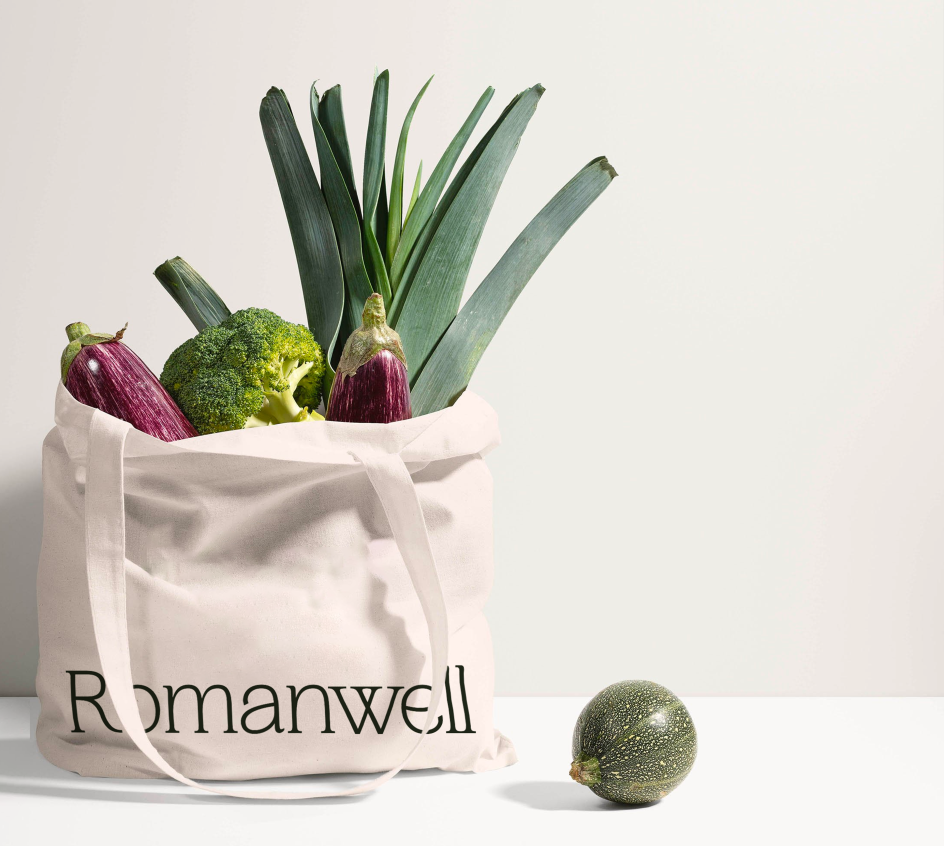
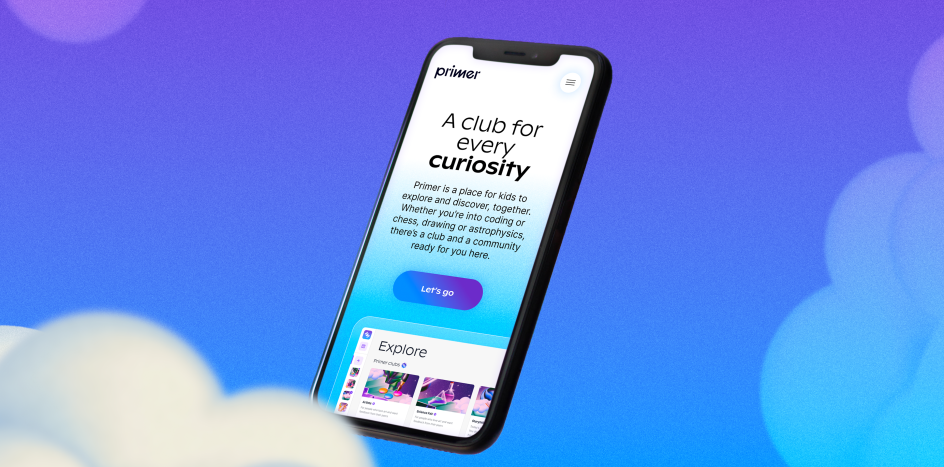
The two ultimately left that agency to freelance and work directly with early-stage founders, independently at first and over time, together.
"As we did, we started to more seriously tease out the details of how we'd run Goodside, pulling the best from our in-house, agency and independent experiences," recalls Danielle. "Our time working at startups in their hypergrowth stage – myself at Dropbox, Jessica at Asana – taught us the importance of delivering brand systems that scale and helped us build a business model with real, practical client needs at its core."
A big part of that is staying small by design. "It's just the two of us!" explains Danielle. "That allows us to be super collaborative and hands-on, working as embedded members of our client teams and flexing to their unique needs and size. It also allows us to be thoughtful about the projects we take on, working with people who feel really values – and mission-aligned.
Then, in the spring of 2023, they made it all official. "We launched Goodside to build brands that look good, sound good, and do good—and it's been a blast so far!"
First year in business
The duo feel lucky to have had a relatively smooth and successful first year of business so far. "We attribute this partially to the fact that we both have been working together for years, which made the transition to co-founders much easier," says Jessica. "We also took the time to establish our professional identities individually, which helped us build awareness and get our new name out there.
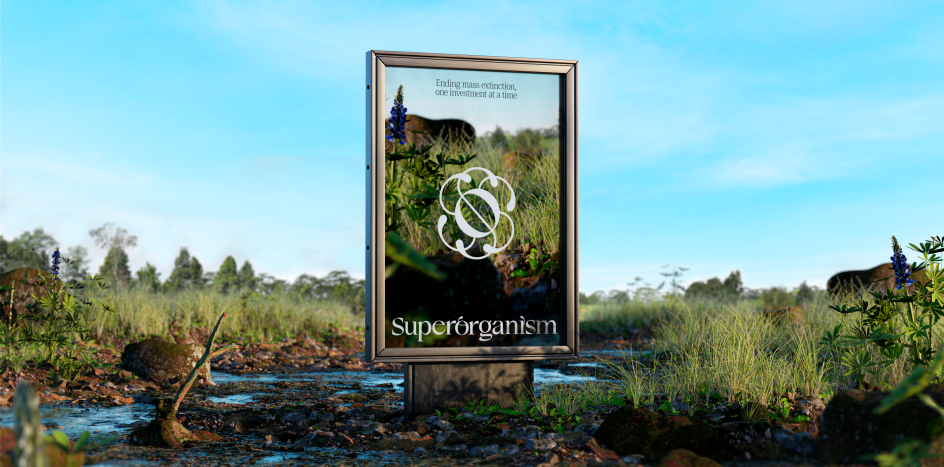
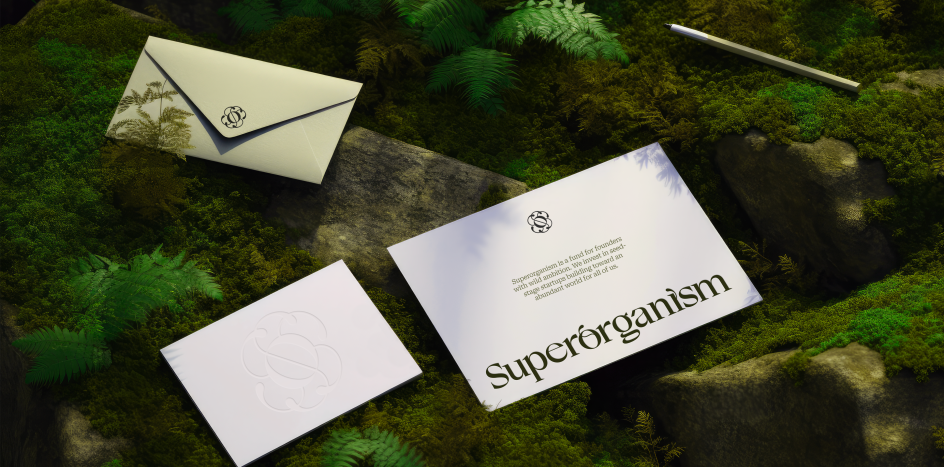
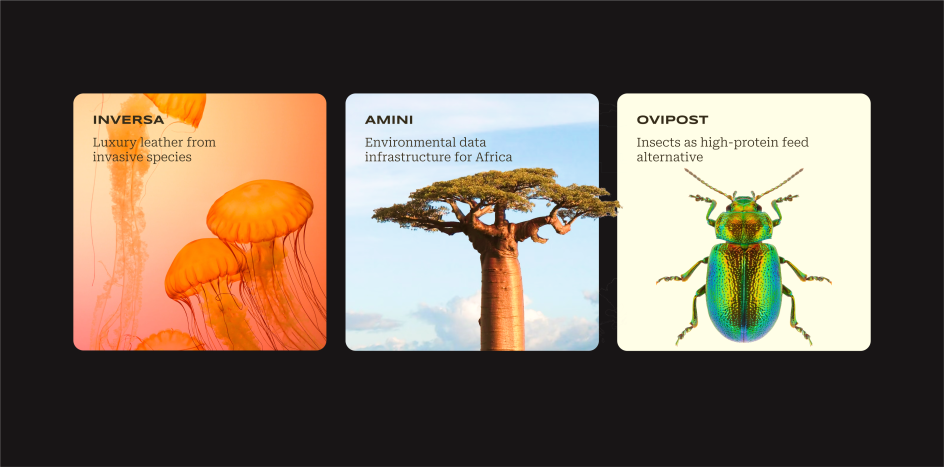
"As a whole, we've approached this year as a seed-planting year – or if you're visual, the year where Roadrunner's legs start moving before he does," she continues. "That mentality has helped us prioritise projects with our portfolio and network in mind, rather than just prioritising immediate financial payoff or chasing shiny new endeavours. We didn't expect a huge harvest from a numbers standpoint, but now, in October, we've almost hit our financial goals for the year. And we're proud of that, given the recession-like climate we're in and the fact that this is our first year in business."
The most challenging part of that seed-sowing mentality, Danielle says, has been turning down the wrong projects to make room for the right ones. "For us, we believe the best way to shape brands is to start with foundational brand positioning and build the visual and verbal identity together after that," she explains. "Not every business that reaches out to us needs or has the time, budget or appetite for that type of work. So we've had to turn down some cool projects with great people, which is never easy!"
Of course, 2023 hasn't exactly been the most stable or predictable time to set up a business. "The world feels like it's been in a constant state of flux and uncertainty," she agrees. "And the global news has been heartbreaking and scary, to say the very least. Both of us are pretty positive people, but we'd be lying if we said that it's been easy to stay wholly optimistic in 2023."
They've countered that fear and uncertainty, however, by doing what they can to make the world a little bit better.
"We try to take on projects that make us believe tomorrow will be better than today, and we also regularly donate our time and skills to causes we deeply care about who are doing good in the world," says Danielle. "We just launched Goodside Gives to celebrate that work and hopefully attract more good people to apply. We're big believers in the idea that small steps do add up, so we try to make every day and every project count."
Using AI
One of the biggest changes the industry's seen this year has been the rise of AI. "This is a very hot topic lately, and we understand why," says Jessica. "Our stance is that AI is here to stay, and we should view it as a tool, not a replacement for creativity. As creatives, it's our job to constantly learn and evolve alongside new tools, AI being one of them.
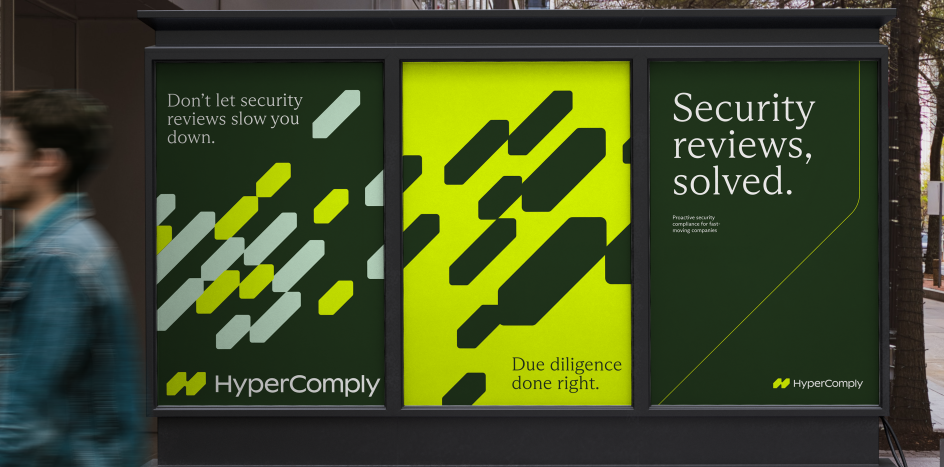
"It's been fun exploring ways to incorporate AI into our workflows," she adds. "And it's also been hilarious and, at times, comforting to discover its limitations. We joke that it's like having an intern. It takes a lot of coaching and a lot of trial and error, and you need to know where you want to ultimately take the work at the outset.
"Will that always be the case? We don't know, but we like to think so. Like an unpredictable intern, AI has inspired us to break out of our creative routines. Instead of using the usual mockup templates for our case studies, for example, we used Midjourney to dream up on-brand mockups to showcase our brand work for Superorganism, which elevated the whole project and earned us a lot more buzz for the work itself."
Like many studios, Goodside has adopted some guiding principles when using AI-generated tools. "Don't use artists' names when drafting prompts, for one," says Jessica. "Adobe already prevents this by default, which is a good start. We also try not to use AI images right out of the box; we always bring them into other tools to edit and put our human touch on them. Our friends at Upstatement wrote a great article about their principles that we refer back to often for both ethical guidance and inspiration."
Despite the negativity surrounding AI, Jessica says they both feel a real sense of hope and optimism for its potential. "We're currently working with an AI-focused VC firm, and their portfolio companies are unlocking drug discovery, optimising farming practices, and creating predictive technology for national weather. Imagining a world with better healthcare, smarter food systems, and safer climate responses inspires us."

 for Creative Boom](https://www.creativeboom.com/upload/articles/06/063686a9a3b095b9b1f0e95df917ed4bd342be1b_732.jpg)



 using <a href="https://www.ohnotype.co/fonts/obviously" target="_blank">Obviously</a> by Oh No Type Co., Art Director, Brand & Creative—Spotify](https://www.creativeboom.com/upload/articles/6e/6ed31eddc26fa563f213fc76d6993dab9231ffe4_732.jpg)
 by Tüpokompanii](https://www.creativeboom.com/upload/articles/58/58684538770fb5b428dc1882f7a732f153500153_732.jpg)








